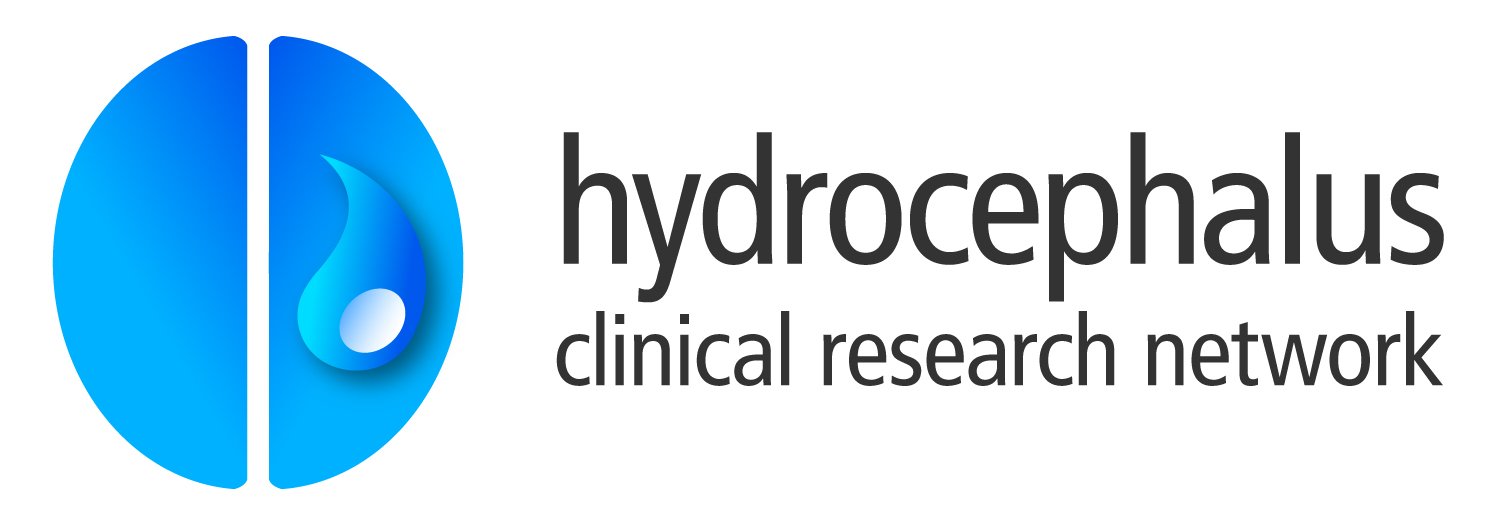A group of very motivated parents, brain surgeons, philanthropists, and business and nonprofit experts have joined forces to investigate ways to improve treatment for this condition.
The Hydrocephalus Clinical Research Network (HCRN) grew out of the frustration of parents and doctors struggling to save children from a sentence of life-long disability. This multi-site collaboration will overcome the obstacles that have stymied previous research efforts: too few patients to study in any one hospital, uncoordinated research, and under-staffed studies.
This is an exciting opportunity to make a positive impact for treating this condition.
This prospectus provides highlights of the business plan and five-year funding requirements. Our goal is to raise $4,000,000 for the first five years of operations. We’ve already secured over 37.5% of this goal from private philanthropy, and hospital surgery departments. But we still need others to step up and fill the gap to make sure the research progresses. Every dollar invested supports efforts to improve treatments and outcomes for kids suffering from hydrocephalus.
Our vision is that, in 5 to 10 years, doctors will use HCRN research-based evidence to improve the diagnosis, treatment and outcomes of hydrocephalus patients and that these patients will live longer, more trouble-free lives than they do at present. Over that same timeframe, we envision greater attention and financial resources directed toward hydrocephalus research and treatment.
The Problem: Lack of Research.
While shunts have been life-saving, they have also created the illusion of a cure.
This illusion has delayed research. In addition, not enough hydrocephalus patients are seen in any one hospital, which makes it harder to collect the volume of study participants needed to answer important scientific questions. These realities have two unfortunate, and interrelated, consequences. First, there is no standard of care. Practices for diagnosing and treating hydrocephalus vary, often dramatically, from hospital to hospital and even from specialist to specialist. Second, the body of medical and practical research about the condition is fragmented and inconclusive, which makes it harder for practitioners to improve patients’ outcomes.
Hydrocephalus research is clearly needed. A recent paper by an HCRN researcher, Dr. Tamara Simon, found that, for each year investigated in her study (1997, 2000, 2003), there were 38,200-39,900 admissions, 391,000-433,000 hospital days, and total hospital charges of $1.4-2.0 billion for pediatric hydrocephalus. These are just in the inpatient costs alone! One might expect that, given the immense economic and social costs of the condition, federal research dollars would be directed toward solving this medical riddle. Sadly, this is not the case. There were only five active NIH grants totaling $3.2M from 2000-2005 specifically for studying hydrocephalus. In essence, the condition is being ignored at a national research level. This climate has made it even more difficult to attract researchers and increase the scientific base of knowledge.
National advocacy groups like the Hydrocephalus Association and others are to be commended for trying to draw greater attention to the problem. However, the lack of a coordinated research effort has forestalled a deeper understanding of what we can do, and do quickly, to make a dramatic improvement on the outcomes and lives of these kids. That is where the HCRN steps in.
Imagine pediatricians, neurosurgeons, nurses and therapists equipped with scientific evidence of treatments that critically improve the long term outcomes of kids suffering from hydrocephalus. Imagine that promising techniques can be quickly, ethically, and safely studied by the world’s leading hydrocephalus researchers using larger patient populations. Imagine that medical providers, equipped with this new knowledge, make shunt surgery-related infections a thing of the past. Or that premature infants with brain hemorrhages will not automatically develop hydrocephalus, as virtually all now do, but instead may live normal, healthy lives.
Imagine research that shows ways of reducing the suffering of kids and their families. This is the goal of the HCRN.


